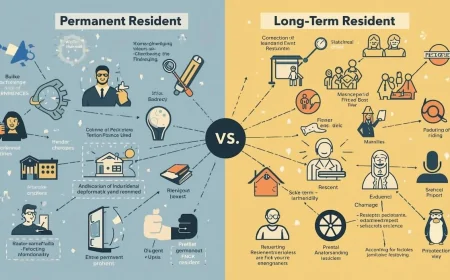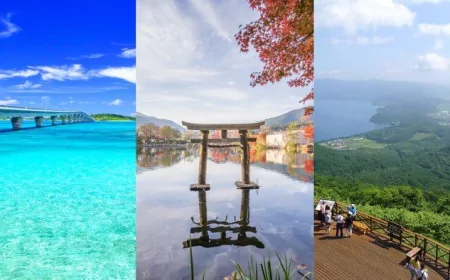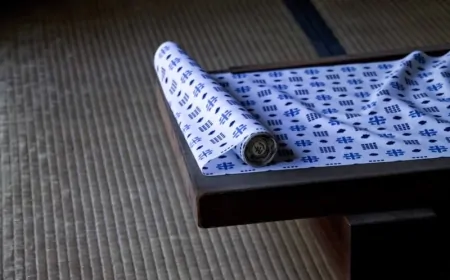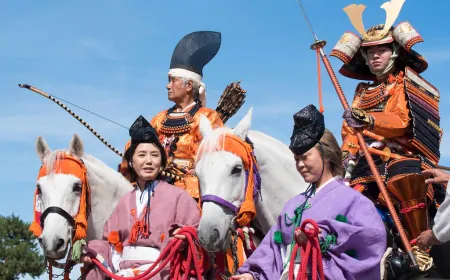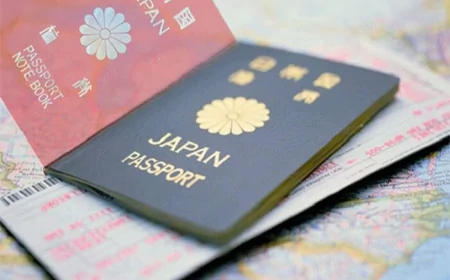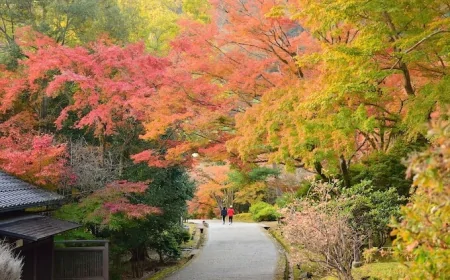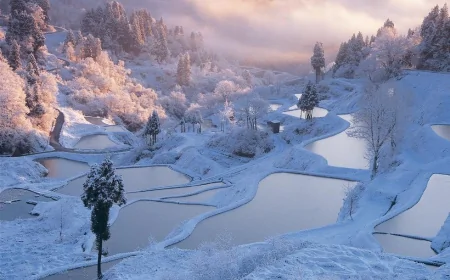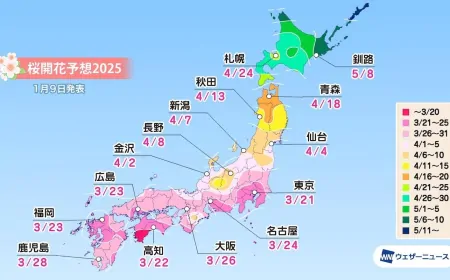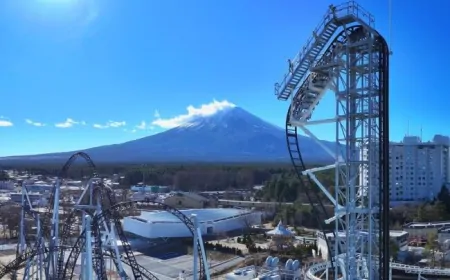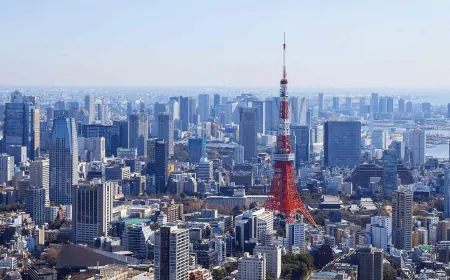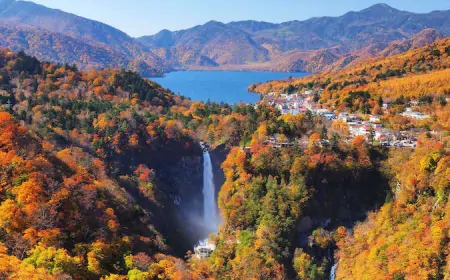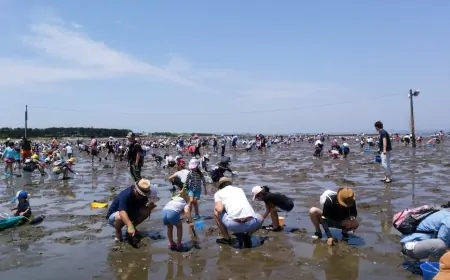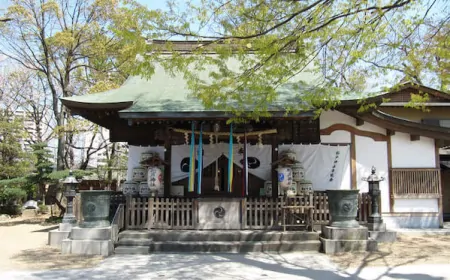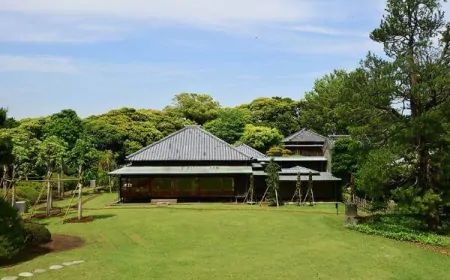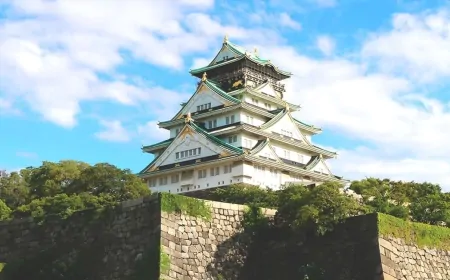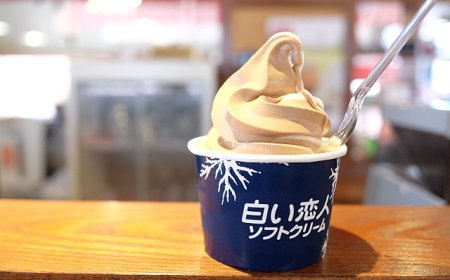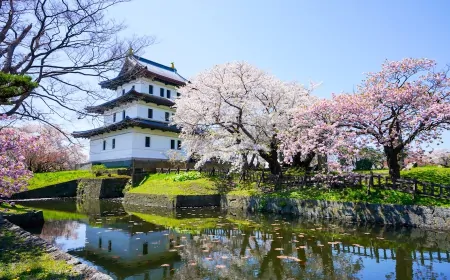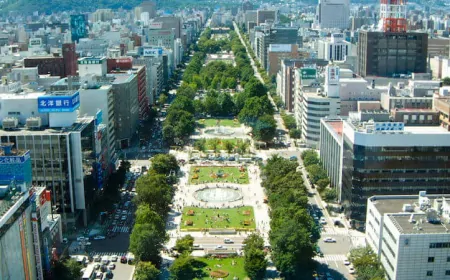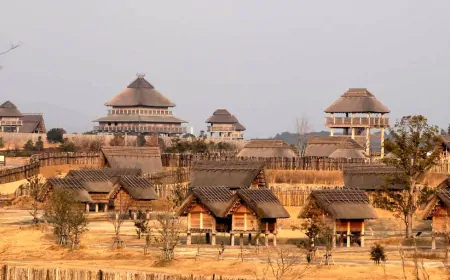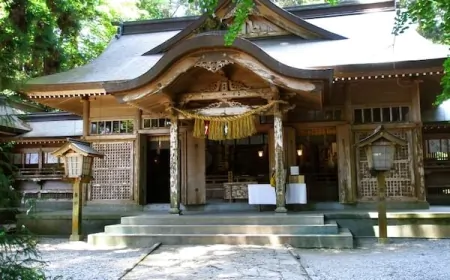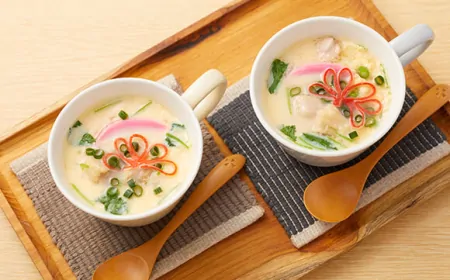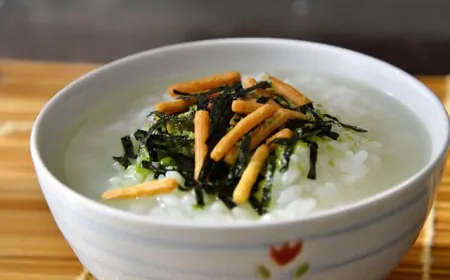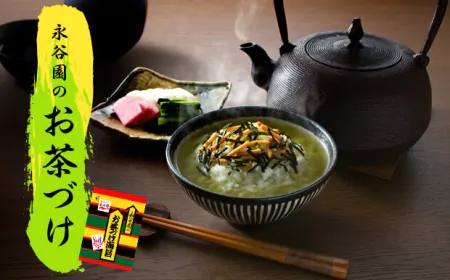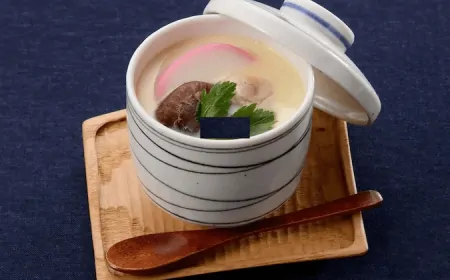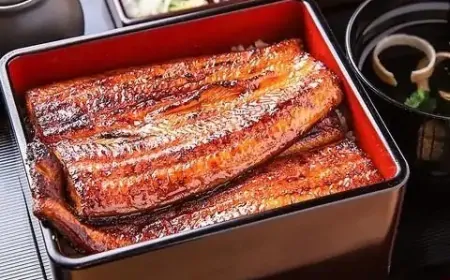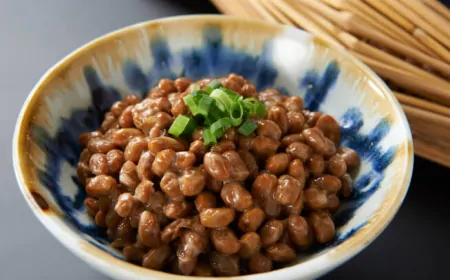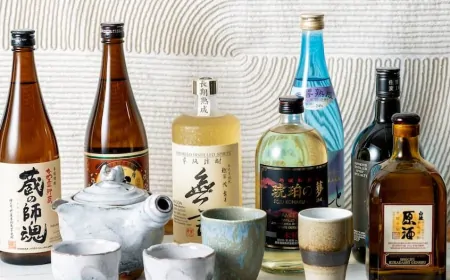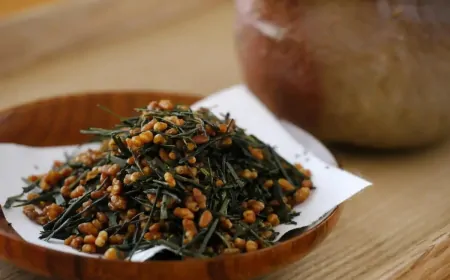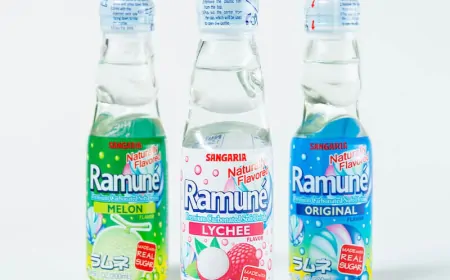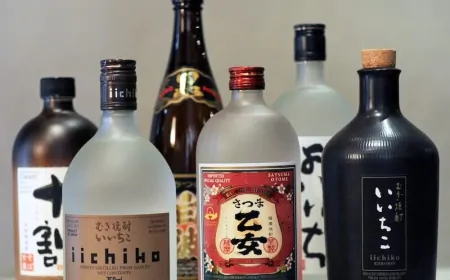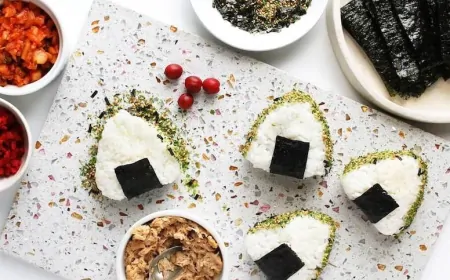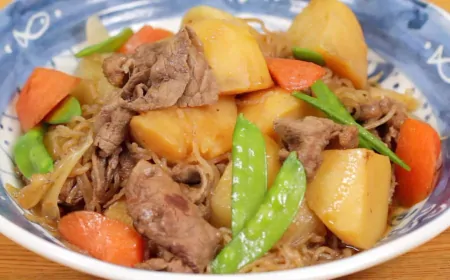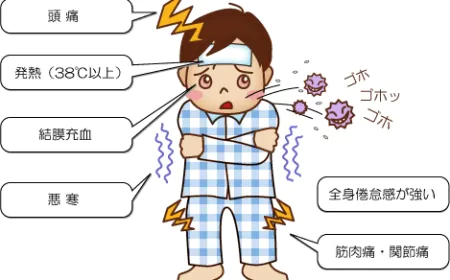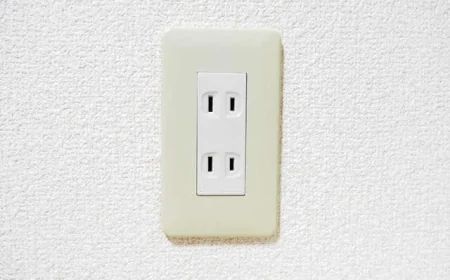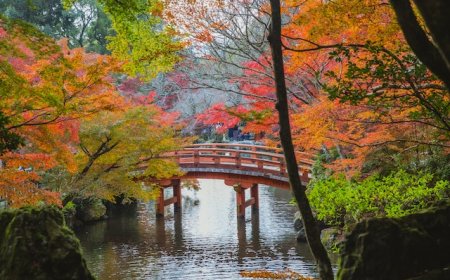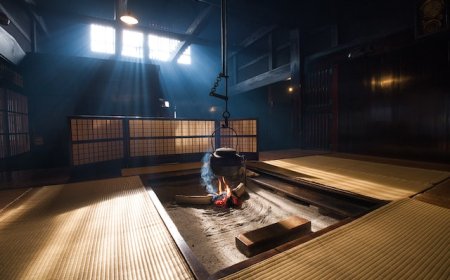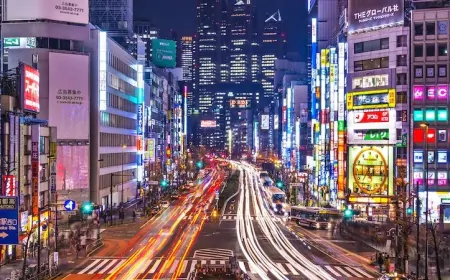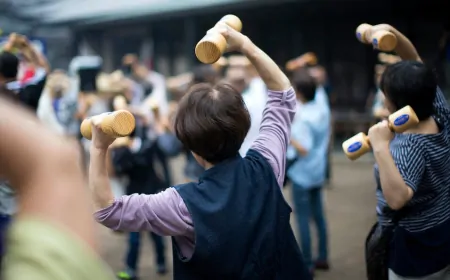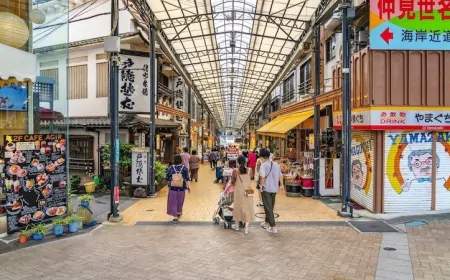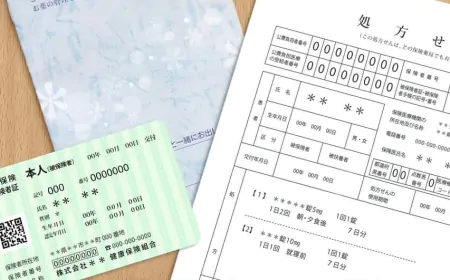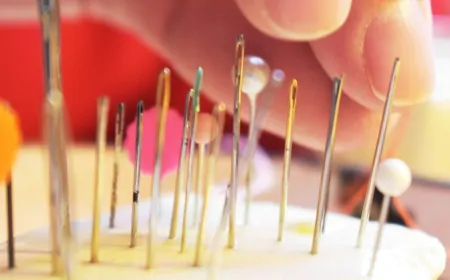Wasabi - the most difficult plant to grow in the world
Wasabi which is one of the most unique spices in Japanese and world cuisine with a spicy taste that rises to the nose, enhancing the taste of the dish.

Recent research indicates that wasabi contains natural nutrients that work against certain cancer cells.
This vegetable can also be used in hygiene and prevention of oral infections, diarrhea, osteoporosis, asthma, arthritis and allergies. Besides, wasabi can prevent cardiovascular diseases such as high blood pressure and heart attack
Origin: Around 1600, farmers in the Utougi district, a short distance from Shizuoka station along the Abe River, first experimented with growing a strange plant that they knew was a wild vegetable for pickling. At that time they only processed charcoal, leaves and flowers. Today wasabi is still a popular pickle in Shizuoka that is sold seasonally.
In 1604, Tokugawa Leyasu, a Japanese warlord who had just moved to Sumpu (present-day Shizuoka ) became very interested in grated wasabi and contributed to its popularity throughout Japan. Cultivation of this plant has now extended beyond the region, especially in Nagano , but Shizuoka is still the source of 80% of Japan's production, but also the best wasabi grown in Utougi and in Amagi in the semi-autonomous region. Izu Island.
The first and oldest wasabi shop in Japan is Tamaruya , which still sells a lot of wasabi in Shizuoka City and also has a counter at Haneda Airport, Shizuoka City.
Wasabi is difficult to grow?
Not only in terms of unique, rare taste, this variety is also the most difficult plant to grow in the world. The reasons are listed as below:
Growing: Wasabi grows unlike any other common crop. It needs a lot of water but does not have to be submerged in water like water lilies… and is not exposed to the sun, at a suitable height (in some cases up to 1,000 meters).
One wasabi farmer said it takes 6 years just to be able to germinate wasabi seeds. They worked very hard and worked hard to create rocks, split the stream running through and block the sun with black nets. And wasabi plants also take more than a year to mature, which also means that farmers have to wait a long time to harvest and make money from them.
Temperature: Too humid air or unsuitable soil nutrients can kill the entire wasabi bed.
Scale: the wasabi variety is very susceptible to pests and diseases if grown on a large scale. When eating at Japanese restaurants around the world you will find wasabi fresh, light green and much tastier than wasabi in commercially available blue tubes. bold in seafood restaurants in Vietnam. Simply fresh wasabi is served directly from the tubers with a separate wooden utensil, ready to eat and does not require any additional ingredients.
--------------------------
Injavi.com - Visit in Japan
Related Products

![【ふるさと納税】スーツケース [PROEVO-AVANT] フロントオー...](https://thumbnail.image.rakuten.co.jp/@0_mall/f405221-oki/cabinet/07205886/ay_sku/ay-s0005_00_v2.jpg?_ex=128x128)





![【ふるさと納税】【選べるカラー】 [Proevo] 13001-3 Lite Fr...](https://thumbnail.image.rakuten.co.jp/@0_mall/f405221-oki/cabinet/07205886/12346047/ay384-c.jpg?_ex=128x128)


